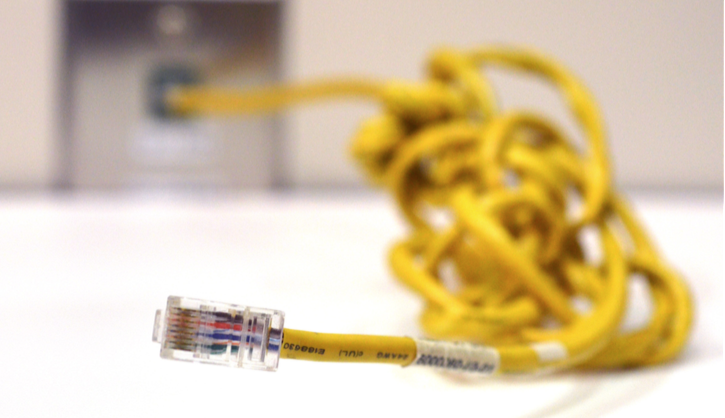Researchers at Alexandria University in Egypt say they have created new technology that will convert salt water into drinkable water.
Researchers at Alexandria University in Egypt say they have created new technology that will convert salt water into drinkable water.
According to Forbes, the desalination technology is low cost, made in a lab with local materials and turns salty water into drinkable water within minutes.
Crystal Prescott, a business major at USM, comments on the new technology. Prescott said the technology needs to be so that this drinkable water is accessible to everyone around the world.
“It should be possible for us to do that with all the advancements we currently have. It’s just going to take more time to get it all around the world,” Prescott said.
Joshua Lawrence, medical laboratory science major, said the implications of such a technology could allow for a much cleaner source of water to people in places such as Africa.
His biggest concern is about pollution within the new system.
“You have to have an energy source to convert the salt water into drinkable water,” Lawrence said. “I would be worried about oil contamination (as well as) the people working on those plants and how they could contaminate the environment.”
Desalination technology exists today, but at a high cost.
Forbes reported that the largest of desalination technology is based on reverse-osmosis.
Puretec Industrial Water explained that reverse osmosis works by applying energy to push salt out of the water through a semipermeable membrane.
The reverse-osmosis technology, funded and commissioned by the Israeli government, costs up to $500 million.
The reason behind its high price is that the technology uses a lot of electricity to operate.
The research out of Alexandria is based on a technique called pervaporation, which filters the water through synthetic membranes to remove large particles in the water. It is then heated until it evaporates and condenses to give clean water.
Helmy El-Zanfaly, professor of water-contamination at Egypt’s National Research Center, said the new technology is much better than reverse-osmosis.
“It can effectively desalinate water with high concentration of salt like that of the Red Sea, where desalination costs more and yields less,” El-Zanfaly said.
Forbes reports there are two reasons why the pervaporation technique is a viable option.
First, the process does not require electricity which makes pervaporation an inexpensive and reliable option for locations without a power supply.
Second, using local materials abundant in developing countries makes it easier for communities to create a new water source, but too poor to afford the reverse-osmosis process.
This news came at a time where freshwater is highly needed.
According to an article in the MIT Technology Review, 700 million people do not have access to clean water. By 2025, researchers say that in 10 years that number will grow to 1.8 billion.
The United States is an example of a country who could benefit from this new technology.
According to USA Today, eight states are currently running out of water.
Seven of those states are located in the western United States, where a drought continues to grip the region.




































